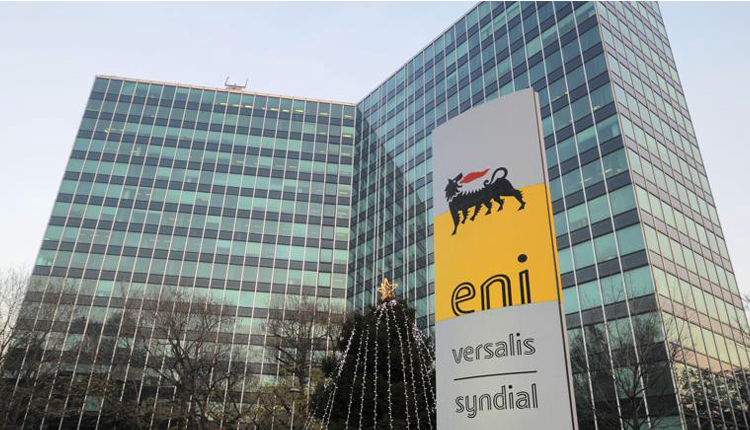Italian oil and gas group Eni announced on Wednesday that it had closed an agreement signed last December with the Egyptian government, the Egyptian General Petroleum Corporation (EGPC), the Egyptian Natural Gas Holding Company (EGAS), and Spain’s Naturgy.
The agreement aims to restart the Damietta liquefaction plant in Egypt, settle Union Fenosa Gas and SEGAS’s outstanding disputes with EGAS. It also aims to effect a corporate restructuring of Union Fenosa Gas, whose assets have been divided between Eni and Naturgy, as well as of SEGAS which will now be owned 50 percent by Eni, 40 percent by EGAS and 10 percent by EGPC.
The liquefaction plant, owned by SEGAS, with a capacity of 7.56 billion cubic metres per year, which has been idle since November 2012, has resumed production, Eni added in a statement.
The first LNG cargo was carried out on February 22, followed by a second cargo on March 4, while a third, which is being loaded at the facility, is set to be sold directly by Eni to its customers in Europe.
The purchase of Egyptian LNG consolidates Eni’s integrated development strategy by increasing the volumes and flexibility of its portfolio, in synergy with its upstream assets, the statement read.
Through the agreement, Eni strengthens its presence in the East Mediterranean, a key region for the supply of natural gas, which is a fundamental resource for the energy transition, of which Egypt is the main producer in the area.
As for Union Fenosa Gas’ activities outside Egypt, Eni is set to take over the natural gas marketing activities in Spain, boosting its presence in the European gas market.
The agreement comes at an important time when, thanks in part to the rapid entry into production of Eni’s recent natural gas discoveries, mainly from the Zohr and Nooros fields. Egypt has regained full capacity to meet domestic gas demand and can allocate excess production for export through LNG facilities.
Eni closes agreement to restart Egypt’s Damietta liquefied natural gas plant
47
